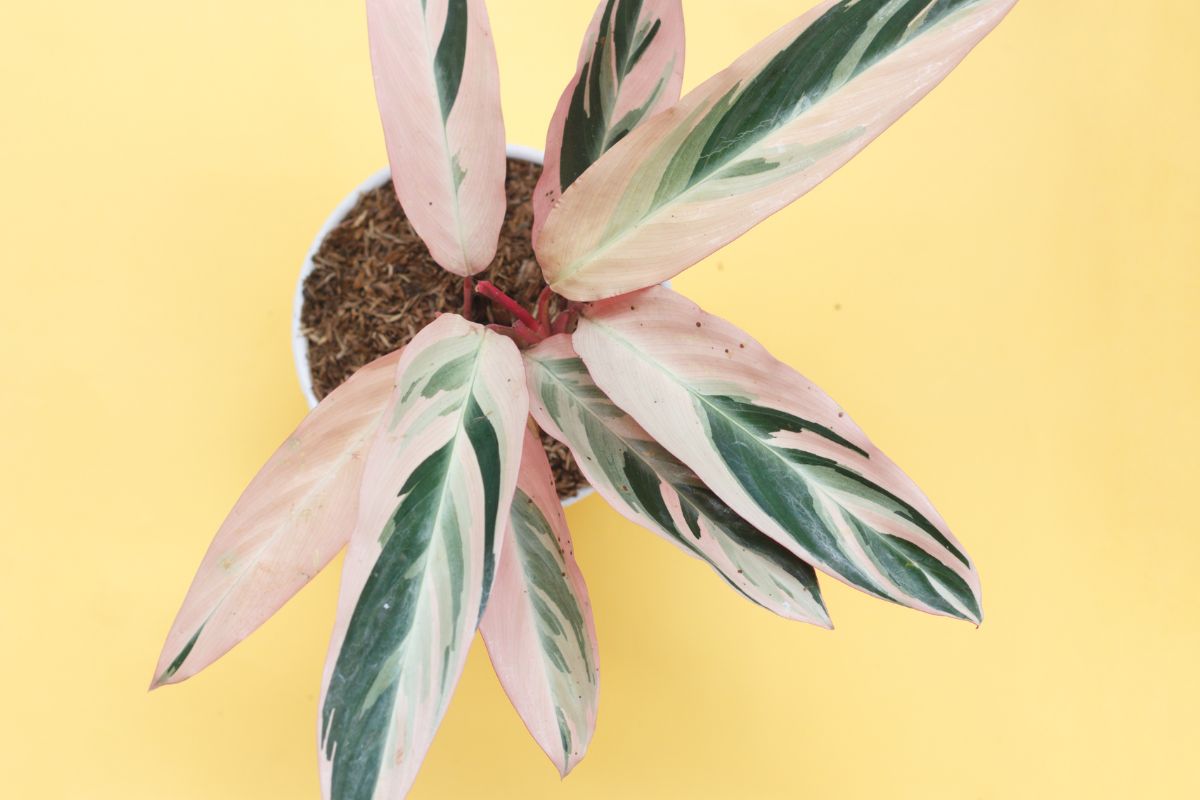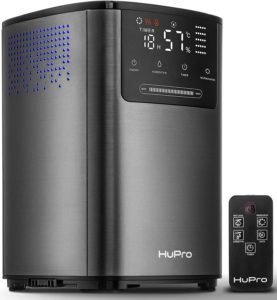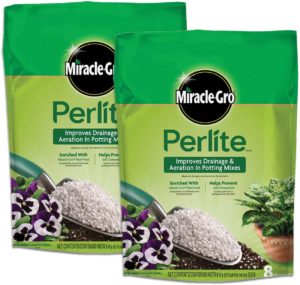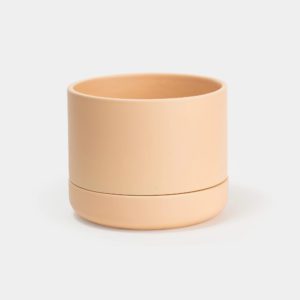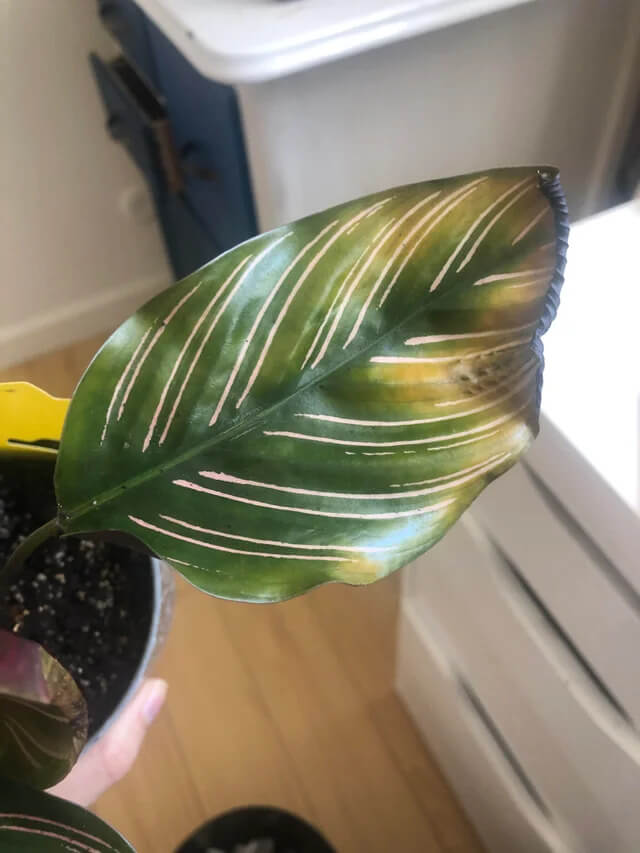From the forest floors of tropical Latin American rainforests, calatheas, or prayer plants, are one of the more challenging indoor plants to care for, but their exciting foliage is worth the cautious attention necessary to keep them happy!
Calathea plants like their soil to stay moist, but not wet, and they like to be in moderately humid conditions.
While I stayed with my aunt recently, I got to care for her calathea plants. I noticed that the frequency and amount of watering required for her calathea plants varied greatly!
How much you water a calathea can vary depending on the plant’s growing environment and its individual characteristics.
That’s what I’ll go through here.
How often to water calathea…
Calatheas make great house plants because, as tropical plants, they stay green year-round. In nature, calatheas get lots of water from the warm and humid air and dense, moisture-retaining topsoil.
As an indoor plant, the location of your home will affect how warm, cool, dry, or humid the air is, all of which affect how quickly water will evaporate from the plant’s pot. The plant’s rate of use will also affect how often you should be watering your calathea.
One of the biggest factors that will influence your watering schedule is totally out of our control as plant parents: seasonal change. The amount of light and air temperatures will need to be adjusted for indoors as the year progresses.
In summer ☀️
In the summer, days are longer and temperatures are higher, more like what calatheas are used to in their tropical habitat, where they get lots of indirect light and warm, humid air year-round. In general, calatheas like their soil to stay moist, but not wet, and to not get too dry. Since they developed in an area with a good amount of moisture in the air, they receive much of their water needs from water vapor through their leaves, leaving calatheas with small, shallow roots. Watering your plant once a week in the summer should keep the roots and soil moist while avoiding excess water in the pot.
In winter ❄️
If you’re in a climate that gets cool, dark winters, calathea plants will likely slow their growth over those months. During this period of slower growth, they won’t need as much water as usual, and may only need to be watered once every two weeks. This might not apply if you’re giving your plants extra light with indoor grow lamps that keep them growing at a steady pace all year.
Things that impact your Calathea watering schedule
The rules of thumb to water once a week in summer and once every two weeks in winter are guidelines, to begin with, and may need to be adjusted by a few days based on your individual plants’ needs. The season and outdoor weather will affect your home’s indoor climate, which may need to be balanced to meet your calathea’s needs. A Calathea in a dry region might need to be watered with low quantities more frequently than average, while a Calathea that gets supplementary light in the winter may still need to be watered weekly. Factors that can affect your watering schedule include:
- Temperature and humidity
- Type of soil
- Pot type
- Plant growth period
Temperature and humidity
Calatheas likes temperatures to be between 70 and 85 degrees, with a humidity level between 50 and 70%. A Calathea that sits in a steamy spot in a room, like near a sink or a shower, may need to be watered a little less frequently than a plant that doesn’t get as much water vapor. Using a humidifier may also reduce how frequently your plant needs to be watered.
The temperature of a room affects how often a plant may need to be watered: warm air evaporates moisture more quickly. The humidity still matters when temperature is factored in, since humid warm air won’t dehydrate a calathea as quickly as dry air will. In general, calatheas don’t like cool air, whether humid or dry, so be sure to keep them away from drafts and out of unheated areas.
Type of soil
The potting mix your plant lives in will be another factor in how frequently you should be watering a calathea. Although calatheas are from a moisture-rich growing environment, their shallow roots live in a fast-draining topsoil that doesn’t completely dry out, but doesn’t hold on to liquid for very long.
For this reason, calatheas do well in potting soil that contains coarse materials like perlite or gravel that helps move water downwards towards the pot’s drainage holes, while organic soil material like worm castings or compost will hold on to moisture for slow and gentle delivery to the plant over several days.
the perfect potting mix combo for calathea plants
Pot type
The pot that holds your plant and its soil is another important factor in how often you should water a calathea. A small pot will dry out more quickly than a large pot, which holds more water for longer. Plants with small pots, then, need to be watered a little more frequently to be sure the roots don’t dry out. On the other hand, calatheas in large pots should be watered less frequently to be sure to not to harm the roots. (Bigger pots means more space for water to pool at the bottom = root rot)
I love self-watering pots, which offer continuous water without soaking the roots.
Using a soil moisture meter to make sure soil doesn’t get too dry or too wet will help you moderate your watering over each week and month of the year. Make sure your calathea’s pot has drainage holes so excess water doesn’t accumulate!
Plant growth period
Plants of different ages and sizes will require different amounts of water to keep them happy, healthy, and hydrated. A smaller Calathea species like a Dottie (Calathea Roseopicta) will require smaller amounts of water at a time than a bigger species like a rattlesnake Calathea (Lancifolia). Larger plants may absorb their water more quickly in a small pot, which also will dry out more quickly, so an appropriate pot size for the size and type of Calathea is an important factor to consider when you first pot your plant, and each time you repot it as the plant grows. Young plants may need less water, but they will absorb it quickly. As they mature, the plants will need larger pots and more water less frequently.
How much water do calathea plants need?
The amount of water your plant needs will vary by its size, age, the size of its pot, and its ambient growing conditions (including the soil type and fertilizer availability, how much light it’s getting, the temperature, humidity, and ventilation). Since calatheas don’t like their soil to dry out completely, enough water should be given that it drains from the pot’s drainage holes, but not so much that the soil gets soggy and compacted.
Signs of an overwatered calathea
If you’re giving your calathea too much water, you may notice one or more of the following signs of stress or damage from soggy soil:
- Curling, dropping, or wilting leaves – too much water can drown the roots, depriving the plant of oxygen and nutrients that will weaken the plant’s stems and leaves.
- Yellowing or browning leaves – when roots are too wet, they can’t absorb oxygen or nutrients, and they will also stop absorbing moisture. The leaves will turn from green to yellow or brown as the plant no longer receives nutrients, oxygen, and water.
- Brown or black, soggy roots – A calathea’s delicate roots can quickly succumb to root rot if left in standing water, since the fine roots will become saturated and begin to decompose.
- Fungal growth in the soil – A plant’s roots can be damaged by fungal growth in a too-wet pot, which will be visible on the surface of the soil around the roots. Fungus may eat away at the plant’s roots in addition to absorbing the soil’s nutrients.
- Fungus gnats – If your plant’s soil is infected with fungal growth, fungus gnats may find their way to the pot. A proliferation of fungus and gnats should be dealt with by cleaning the calathea’s roots and transferring the plant to fresh soil, disposing of the contaminated material.
Signs of an underwatered calathea
An underwatered calathea will show some signs similar to that of an overwatered one, but the dryness of the soil is the source of the problem(s) here.
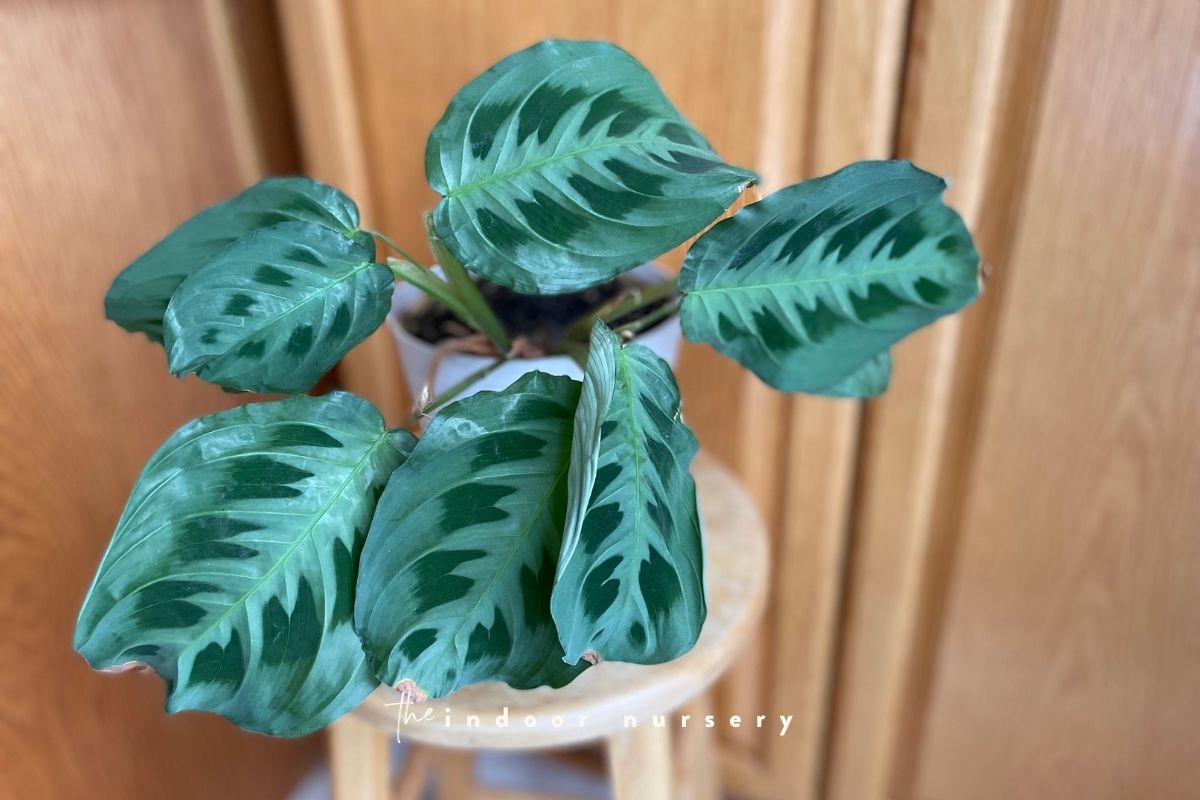
If your calathea’s soil is too dry, you may see:
- Yellowing or browning leaves – A dehydrated plant won’t be able to produce chlorophyll or retain moisture, and the leaves will start to wither.
- Crisp leaves or brown edges – As a plant dehydrates, the moisture stores are used up and the tips and edges of the plant’s leaves will start to turn brown and crispy as moisture is depleted.
- Curling, dropping, or wilting leaves – Leaves will curl to reduce the surface area in an effort to be efficient with their moisture levels as they dry out from a lack of water.
- Spider webs, spiders, or spider mites – A dry, shaded area is where pests like spiders and mites survive best. If spiders can make webs on the plant, the environment is too dry for a calathea.
How to know when your calathea plant needs water
Some of the signs that your plant needs more or less water are similar, while others are unique to too-wet or too-dry soil. If you notice your plant is looking weak, think about how often you water it and check the soil’s moisture content, then evaluate the plant’s condition to know the extent of the effects and how to best remedy the situation.
When your calathea needs more water
When the soil is too dry and your calathea’s leaves are dropping, curling, or looking crisp (potentially with brown edges), the plant is dehydrated and may benefit from more frequent watering, or more at each watering session if you already water once a week.
When your calathea needs less water
A moisture meter is a helpful tool to be sure that your watering frequency is well-measured. The larger the pot, the longer it will take to dry out. Be sure your calathea’s pot has drainage holes at the bottom so water doesn’t sit in the container.

